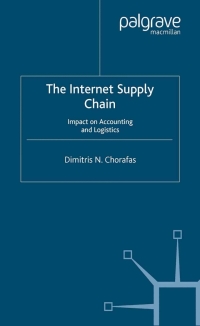Required information [The following information applies to the questions displayed below) Lacy is a single taxpayer In 2019, her taxable income is $42.900. What is her tax liability in each of the following alternative situations? Use Tax Rate Schedule. Dividends and Capital Gains Tax Rates. Estates and Trusts for reference. (Do not round intermediate calculations. Round your answer to 2 decimal places.) a. All of her income is salary from her employer. Tarabaty 39,415 5970 plus 12% of the excess over $9,700 $ 39,475 $ 84,200 $4,543 plus 22% of the excess over $39,475 $ 84,200 $160,725 $14,382.50 plus 24% of the excess over $84,200 $160.725 $204,100 $32,748 50 plus 32% of the excess over $160,725 $204,100 $510,300 $46,628,50 plus 35% of the excess over $204,100 $510,300 $153,798.50 plus 37% of the excess over $510,300 Schedule Y-1. Married Filing Jointly or Qualifying Widow(er) If taxable income is over: But not over: The tax is: $ 0 $ 19,400 10% of taxable income $ 19,400 $ 78,950 $1,940 plus 12% of the excess over $19,400 $ 78,950 $168,400 $9,086 plus 22% of the excess over $78,950 $168.400 $321,450 $28,765 plus 24% of the excess over $168,400 $321,450 $408,200 $65.497 plus 32% of the excess over $321,450 $408,200 $612,350 $93,257 plus 35% of the excess over $408,200 $612,350 $164,709.50 plus 37% of the excess over $612,350 Schedule Z-Head of Household If taxable income is over: But not over: The tax is: $ 0 $ 13,850 10% of taxable income $ 13,850 $ 52,850 $1,385 plus 12% of the excess over $13,850 $ 52,850 $ 84,200 $6,065 plus 22% of the excess over $52,850 $ 84,200 $160,700 $12,962 plus 24% of the excess over $84,200 $160,700 $204,100 $31,322 plus 32% of the excess over $160,700 $204,100 $510,300 $45,210 plus 35% of the excess over $204,100 $510,300 $152,380 plus 37% of the excess over $510,300 Schedule Y-2-Married Filing Separately If taxable income is over: But not over: The tax is: $ 9,700 10% of taxable income $ 9,700 S 39,475 5970 plus 12% of the excess over $9.700 $ 39,475 $ 84,200 $4,543 plus 22% of the excess over $39,475 $ 84,200 $160,725 $14,382 50 plus 24% of the excess over $84.200 $160,725 $204,100 $32,748 50 plus 32% of the excess over $160,725 $204,100 $306,175 $46,628,50 plus 35% of the excess over $204.100 $306,175 $82,354.75 plus 37% of the excess over $306,175








